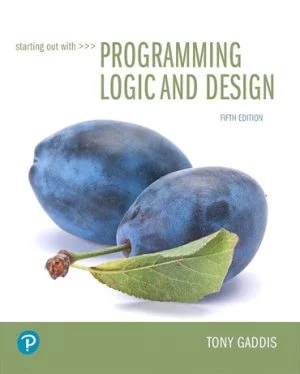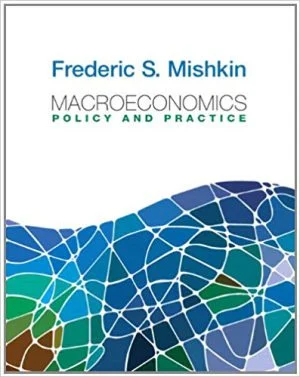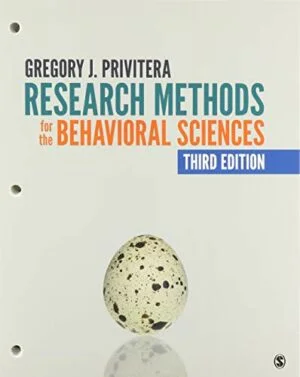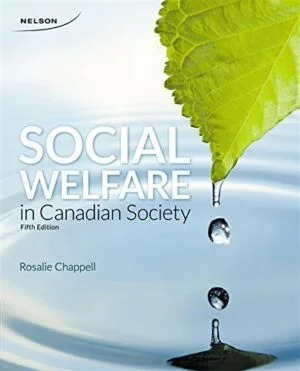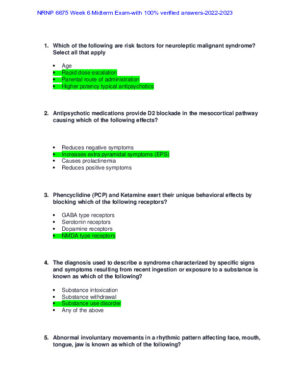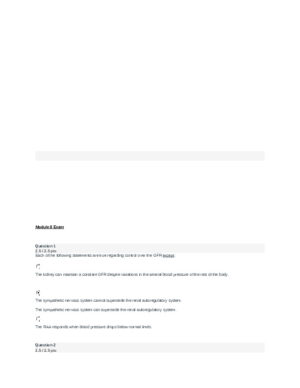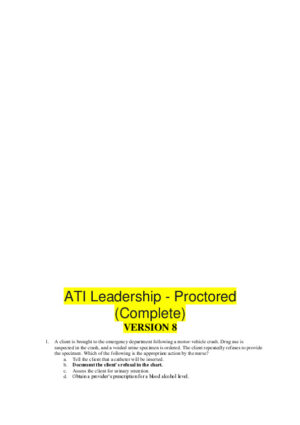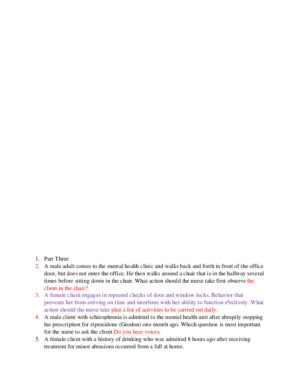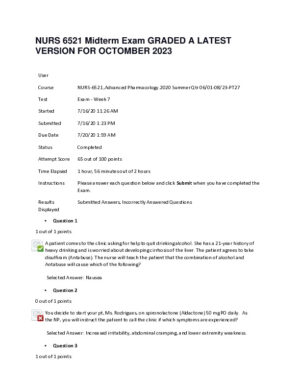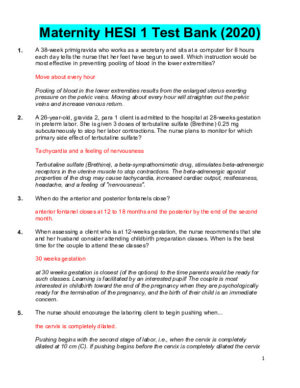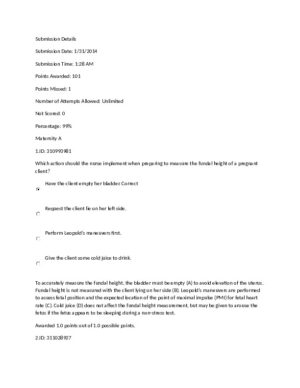Instant Access
We deliver your product instantly with absolutely no waiting time. You can download it as many times as you want from any device, anywhere, any time as well with just a single purchase.
100% Secure & Confidential
All the information you provide for buying is NEVER shared with anyone at any time. All transactions are 100% secure and we maintain complete customer confidentiality.
24/7 Live Chat Support
After all is said and done, it is always good to have a real person you can speak with. Our executives are available 24X7 on live chat to help you any day any time.



